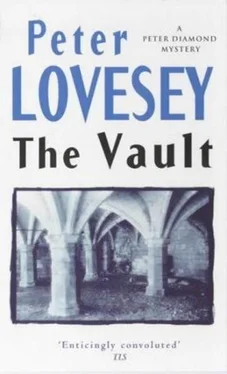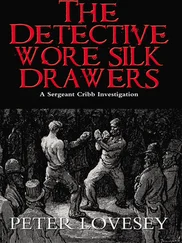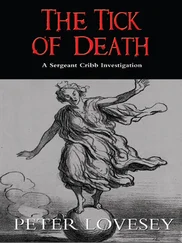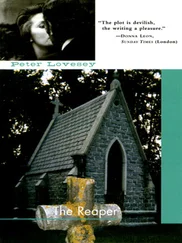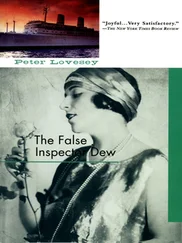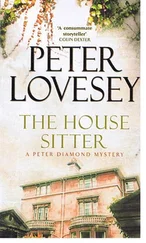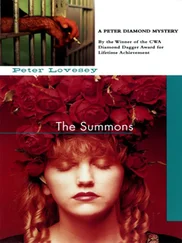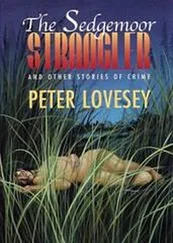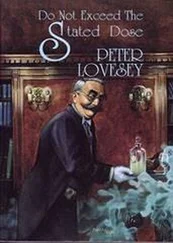"Old enough to be by Blake?"
"Oh, yes. The paper can so often be the giveaway when a work is not authentic. The poor old faker has a double problem. First he has to find a sheet of paper of the right age and quality. That's difficult, but not impossible. A favourite trick is to remove the fly leaves from the fronts of old books. And occasionally scrapbooks, sketchbooks, even stacks of unused paper turn up in attics. But old paper deteriorates. This would have been given a coat of size, or glue, when it was first manufactured, to provide a surface. Without it, you'd get an effect like writing on toilet paper. The paper is absorbent. You can't produce a fine line. So they apply this coating of size. In time, as I was saying, the size breaks down and the paper loses its surface. Result: the faker or restorer has to apply a fresh coat of size, preferably several thin coats, before the damned paper is workable."
"More trouble than it's worth, I should think," said Diamond.
"Not at all. The rewards are considerable if you get away with it. There are old recipes for these glues, just as there are recipes for the ink they used. It can be done."
Now he took a larger magnifying glass from a drawer and studied the edges of the paper. "This has not been cut recently. The size of the work is about right for Blake, but you would expect nothing else in a piece of this quality." He held the picture at arm's length again. "What are you expecting me to say-that it's not authentic?"
Diamond hoped to God he would. His entire case rested on it. "You said you didn't recognise the subject?"
"Correct."
"You also said he did his work in series."
"I did."
"Have you ever heard of a series based on Mary Shelley's Frankenstein?"
Eastland shook his head at once.
"There are two other watercolours of scenes from the book," Diamond went on. "Two, at least. I can't show them to you, but they exist. The tall, long-haired figure in this picture appears in the other two."
Eastland glanced down at the painting again. "This is Frankenstein's monster?"
"The original monster, yes, not the Hollywood version."
"Can you describe these other works?"
"One is a meeting in the mountains between this figure and a man of normal size who must be Frankenstein. The other is a death scene. A woman lies strangled on a bed. The Frankenstein character is beside her in despair while the monster leers through a window."
"It's a long time since I read the book, but I remember that scene vividly enough."
"The story was published in 1818, when Blake was sixty-one, still active as a painter," said Diamond, sounding like an expert himself.
"Indeed, he was painting on his deathbed, nine years later," Eastland topped it, "but I've never heard of a Frankenstein series."
"You sound doubtful."
"It doesn't chime in too well with the rest. Mostly he illustrated religious subjects, or the classics, or his own mythology." He put the picture down. "On the other hand, the theme is a moral one that might well have appealed to Blake. As I recall it, Mary Shelley told a story distinctly different from the versions the cinema has given us. The monster is not inherently evil, not the result of spare parts surgery gone wrong. The mistakes come after he is created, when Frankenstein abandons him and treats him badly when they meet again. It's about rejection. The monster is sensitive, intelligent and innocent-innocent in the way Blake used the word. He becomes violent as a response to the way he is treated. Blake would have approved of the theme."
"Enough to illustrate it?"
"That's the nub of it. 1818, you said?"
"There's another thing," said Diamond. "I discovered that only five hundred copies of Frankenstein were printed and most of them went into libraries. It wasn't exactly a bestseller. You have to wonder if Blake had heard of the book."
"Perhaps it was reprinted soon after."
Diamond shook his head. "After Blake was dead."
Locked in thoughts of his own, Eastland bent over the picture again with his eye-glass. For some time he didn't speak. Finally he told Diamond, "I'd like to believe this is genuine. The draughtsmanship is exceptionally fine. Unknown Blakes have been known to turn up."
"But…"
"But the ink has not behaved as I would expect it to after a hundred and eighty years or so. Under magnification you can usually spot some disintegration, not so obvious as the cracks in old paint, but discernible. These lines are still surface marks. Nowhere has the ink amalgamated with the paper. I wish we could compare it with an undisputed Blake. I think we would notice a difference." He looked up. "I presume you'll send this for scientific tests."
"Yes, but I was hoping for a quick opinion."
He peered through the glass at another section. "I wouldn't testify to this in court, not without scientific backing, but I'm increasingly confident that I've detected the flaw. It's beautiful work, exquisite, only the artist hasn't aged the ink."
"It's a modern ink?"
"No, no. It's old-or made with genuine old ingredients such as oak galls. That's only half the battle. The marks have to be given the effect of ageing."
"How would he do that?"
"They distress it with a combination of heat, moisture and mild corrosives. There's a terrifying risk of overdoing it and messing up many hours of painstaking work. Probably he thought he'd done enough to get by."
"It is a fake?"
"It still needs to be analysed," Eastland hedged.
"But…?"
"I now believe it is."
"Brilliant."
"Brilliant is the word. Do you know who did it?"
Echoing the statement, Diamond answered, "I now believe I do." In his head he added, "And another one bites the dust."
JOE DOUGAN WAS ABOUT as livid as a mild Midwestern professor can get at being brought back to Bath. "This is the end," he complained to Diamond. "I should be halfway under the Channel by now. What am I doing here?"
"Helping the police with their inquiries."
"Is that sarcasm?"
"It's only a form of words we use."
"Oh, yeah? Coded words for the third degree?"
Diamond put on a pained expression. "Haven't you been treated with courtesy?"
"By the cops who brought me back? No complaints. My quarrel is with you, sir. You fixed this."
"Did they let you phone your wife?"
Joe gave a nod. "To Donna, it's another day's shopping."
"Don't bill us," said Diamond, trying to defuse the bitterness a little. He preferred dealing with Joe in his good tempered mode. "Coffee?"
"How long do you figure this will take?"
"I wish I knew. I have things to do, the same as you. Would you mind opening your suitcases?" Two vast cases had been brought back with Joe from Waterloo and now lay on a table against the end wall.
This triggered Joe into another protest. "What do you think is in there? For crying out loud, you don't think I have Mary Shelley's writing box in my baggage?"
"The keys, professor."
Muttering, Joe felt in his pocket and handed over a small leather key-case that Diamond passed to the constable brought in to conduct the search.
Joe said he would have a black coffee.
A pink nightie lay folded on top of the other things in the first suitcase, surrounded by glittery shoes padded out with panties. Joe had done a reasonable job of packing Donna's things. Methodically the constable lifted layer after layer of women's clothing and made a stack on the table. Then he started on the second case: more skirts and blouses, the overspill from Donna's shopping and, some way underneath, Joe's things. None of it brought Diamond from his chair.
"Now your hand luggage."
This was a shoulderbag with an array of zips and pouches. "Careful," Joe warned as he lifted it off the back of his chair and onto the desk. "Some of the stuff in here is fragile."
Читать дальше
